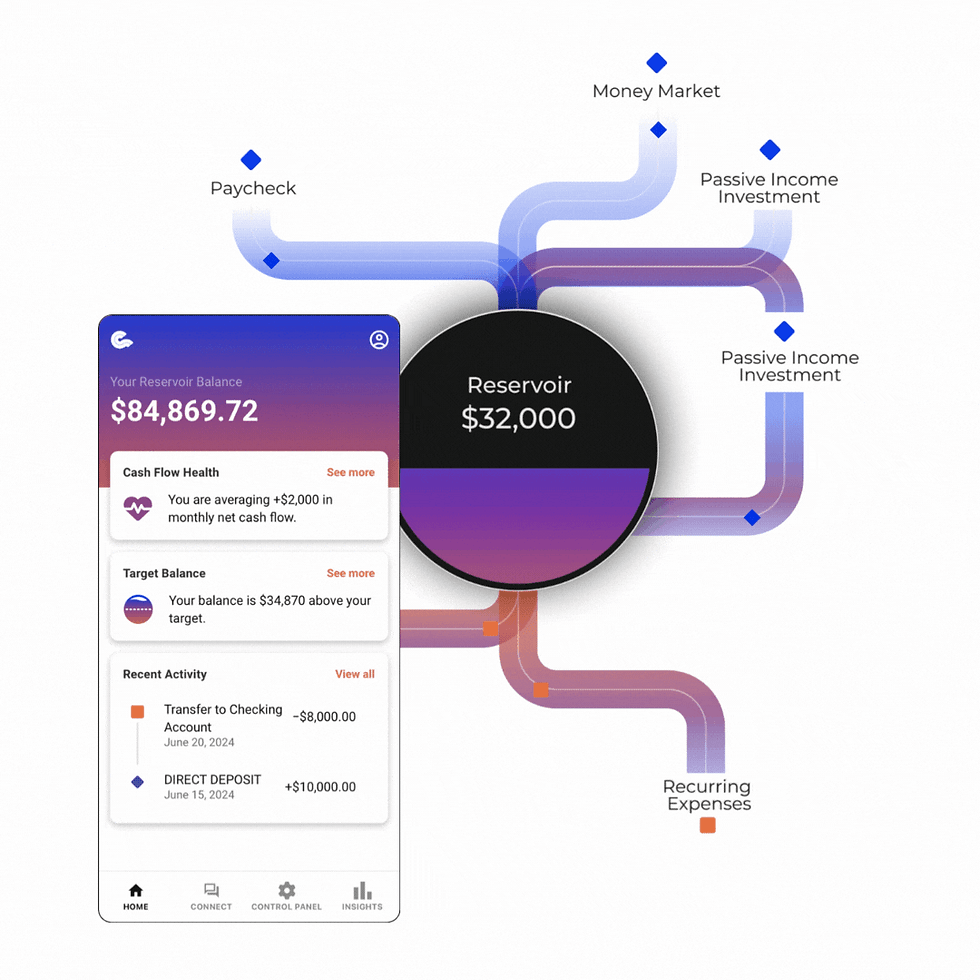Economic Injury Disaster Loan (EIDL) the Fine Print
- Allison L. Reynolds, CPA

- May 27, 2020
- 4 min read
Updated: Sep 4, 2020

At the beginning of the COVID-19 crisis, the CARES Act funded an Economic Injury Disaster Loan (EIDL) Program provided through the Small Business Administration (SBA) specifically to assist small businesses affected by the pandemic. This program included a grant of up to $1,000 per employee, but the application that was submitted was actually for a loan from the SBA.
After over two months, businesses are finally starting to receive their loan offering from the SBA via email. from disastercustomerservice@sba.gov.

So before you rush to sign on the dotted line, I thought it would be helpful to provide an overview of this program as there are more strings attached than we first realized to this loan. So let's review the details we currently have about the EIDL loan program.
SBA EIDL Loan Facts
Funds come directly from the U.S. Treasury
You can apply directly to at disasterloan.sba.gov (applications are currently closed except to agricultural businesses)
There is no cost to apply
There is no obligation to take the loan, if offered
The maximum unsecured loan amount is $25,000
Automatically deferred for 12 months
Advance of up to $10K is available, $1K per employee
Up to $2 million
Interest rates: Small Businesses 3.75%, Most Private, Non-Profits 2.75%
Terms up to 30 years
Eligibility based on the size, type of business and financial resources

How can I use the loan funds?
Fixed debts (rent, etc.)
Payroll
Accounts payable
Some bills that could have been paid had the disaster not occurred.
Who Can Apply
Small Businesses (under 500 employees)
Sole Proprietors (under 500 employees)
Cooperatives (under 500 employees)
Employee Stock Ownership Plan (ESOP) (under 500 employees)
Tribal small business (under 500 employees)
Agricultural cooperative, aquaculture enterprise, nursery, or producer cooperative (under 500 employees)
Business with more than 500 employees but under SBA Size Standards
Private non-profit organization with IRS designation 501(c),(d), or (e OR State evidence is a non-profit one organized or doing business under State law, or a faith-based organization.
Who Cannot Apply
Illegal activity (as defined by Federal guidelines)
Principal with a 50 % + more than 60 days delinquent on child support
Agricultural enterprise (e.g., farm) other than an aquaculture enterprise, agricultural cooperative, or nursery
Displays of a prurient sexual nature (directly or indirectly)
More than 1/3 of gross annual revenue from legal gambling activities
Is in the business of lobbying
Is a state, local, or municipal government entity and cannot be a member of Congress
Primary Criteria for Approval

Acceptable credit history
Ability to repay the SBA loan
Ineligible Uses of Loan
Dividends and bonuses
Disbursements to owners, unless for performance of services
Repayment of stockholder/principal loans (with exceptions)
Expansion of facilities or acquisition of fixed assets
Repair or replacement of physical damages
Refinancing long term debt
Paying down (including regular installment payments) or paying off loans provided, or owned by another Federal agency (including SBA) or a Small Business Investment Company
Payment of any part of a direct Federal debt, (including SBA loans) except IRS obligations
Relocation
Other ineligible uses available online.
Other Information Required
Gross Revenues
Cost of Goods Sold
Lost Rents (for rental property owners)
Cost of Operating Expenses (for nonprofits)
Other reimbursement will receive (i.e. business interruption insurance)
Number of employees
Likely Requested By Your Loan Processor
SBA Loan Application (SBA Form 5 or 5C)
Personal Financial Statement (SBA Form 413)
Schedule of Liabilities (SBA Form 2202)
Tax Information Authorization (IRS Form 4506T)
General Information
If more funds are needed, applicants can submit supporting documents and a request for an increase.
If less funds are needed, applicants can request a reduction in the loan amount
If the loan request is denied, the applicant will be given up to six months in which to provide new information and submit a written request for reconsideration
For Phase I processing, only losses of six months or less are eligible for the more expedited type of loan processing

EIDL FAQs
Q: How long will it take to know if I am approved for a loan?
A: We are processing applications as soon as possible.
Q: If a business currently has an SBA-backed loan and it fears it will not be able to make the payments, what course of action should it take?
A: Disaster loans from previous disasters that are still being payed back will now have their payments deferred through the end of 2020.
Q: Who is authorized to offer EIDL?
A: SBA offers direct loans through its Economic Injury Disaster Loan program. Traditional SBA backed loans are still available via banks as well. To find an SBA-approved lender, visit sba.gov/lendermatch.
Q: How does a business define an impact and/or loss for this? Is there a percentage, dollar amount, etc.?
A: A business needs to define its loss in comparison to its 2019 operations/financials. Losses will be compared to the effective incident period starting on January 31, 2020. Just a loss needs to be reported; there is no threshold of a percentage or dollar amount.
We have all heard the saying "the devil is in the details" or "read the fine print!" Well this loan is no exception. Here are a few important excerpts of particular interest from the actual promissory note.





As you can see, lots of strings attached to these funds and the stakes are high at a price of 1.5 times the loan if funds are misused. I would encourage you to reach out to your CPA before securing this financing.
If you have questions about the EIDL and determining whether or not it is a good option for you, please reach out to us.






Comments